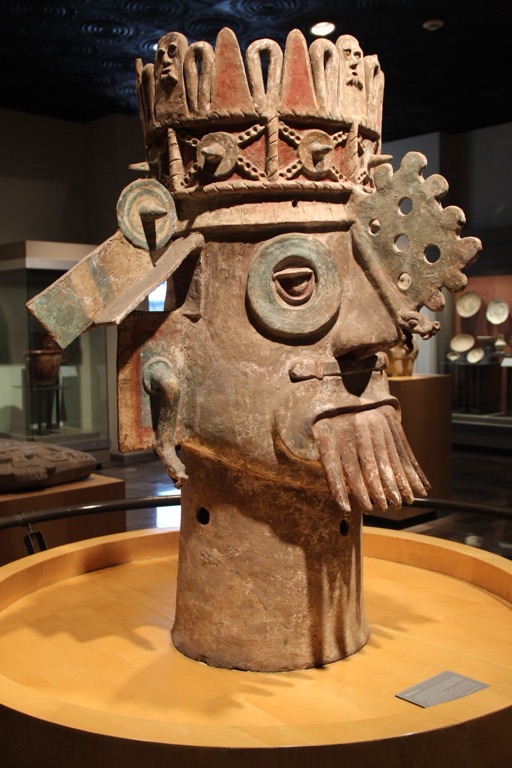Overview of Tlaloc
Introduction to Tlaloc
Tlaloc, one of the most venerable deities in the Aztec pantheon, presided over the elemental domain of rain, fertility, and water. Esteemed as a life-giver and a harbinger of both prosperity and destruction, Tlaloc’s influence permeated the agricultural and daily lives of the Aztec people.
Get your dose of History via Email
Historical Significance in Aztec Culture
In Aztec society, Tlaloc held a pivotal role, embodying the delicate balance between life-giving nourishment and the potential for flood-induced devastation. His worship was deeply integrated into the Aztec understanding of the natural world and their agricultural calendar.
Tlaloc’s Role in the Aztec Pantheon
Tlaloc was a central figure in the Aztec pantheon, commanding the forces of rain and thunderstorms. His dominion over water sources made him a deity of paramount importance for an empire that relied heavily on agriculture and the cyclical patterns of nature.
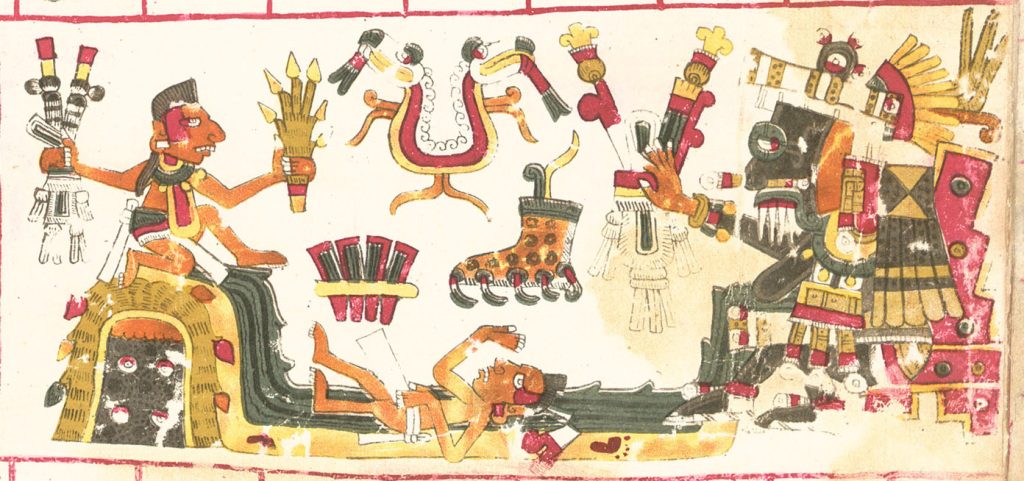
Mythology and Legends
Myths Surrounding Tlaloc
Mythology paints Tlaloc as a god with a dual nature; he was both the provider of life-sustaining rains and the wielder of destructive storms and droughts. Myths often depict him as a figure of great power, demanding respect and reverence from the gods and humans alike.
Stories of Tlaloc’s Interactions with Other Gods
Legends recount Tlaloc’s interactions with other deities, highlighting his significance within the divine hierarchy. His marriage to Chalchiuhtlicue, the goddess of water, rivers, and seas, further cemented his role as a guardian of water sources.
Legends of Tlaloc Among the People
Tlaloc was revered and feared in equal measure among the Aztecs. Legends often told of his wrathful side, where he would send hail, thunderstorms, and lightning to punish those who displeased him or failed to provide adequate offerings.
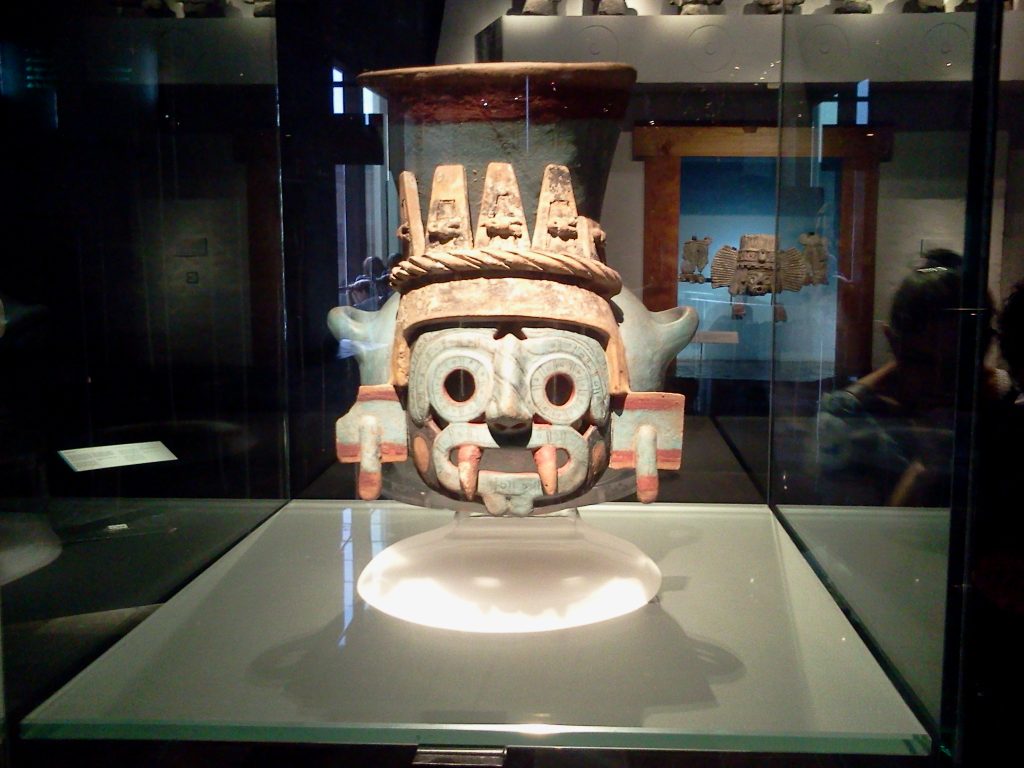
Iconography and Symbols
Symbols Associated with Tlaloc
Tlaloc is often depicted with goggle-eyed masks and fangs, symbols representing his connection to rain and his fearsome power. Serpents and jade, emblematic of water and fertility, frequently accompany his imagery.
Depictions in Aztec Art and Architecture
In Aztec art and architecture, Tlaloc is prominently featured, with representations found in murals, pottery, and the monumental Templo Mayor in Tenochtitlan. These depictions serve as a testament to his importance and omnipresence in Aztec culture.
Interpretations of Tlaloc’s Imagery
The imagery of Tlaloc, rich in symbolism, has been interpreted as a reflection of the Aztecs’ deep reverence for the natural elements and their understanding of the interconnectedness of life, death, and rebirth.
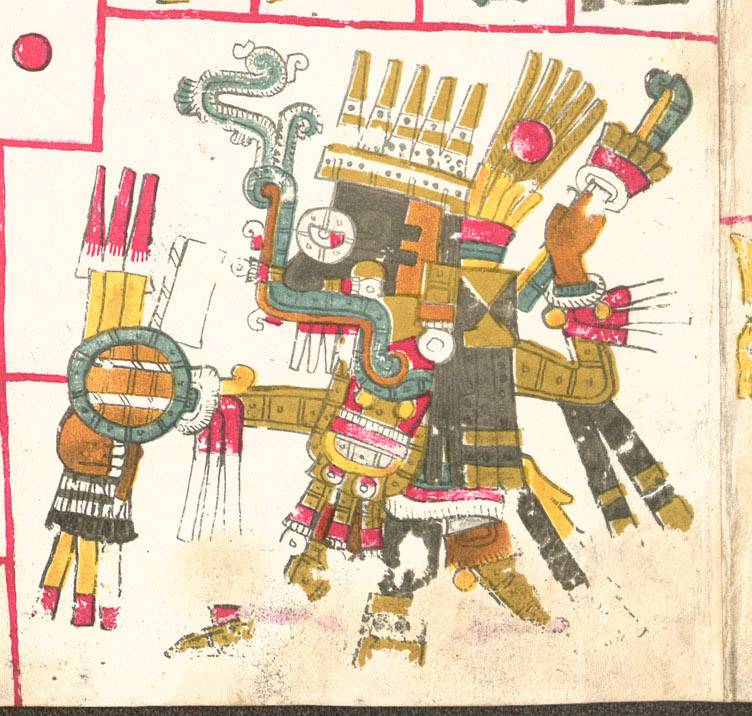
Worship and Rituals
Tlalocan: The Paradise of Tlaloc
Tlalocan, envisioned as a verdant paradise, was believed to be the eternal resting place for those who perished due to water-related causes. This belief underscored the dual nature of Tlaloc as both a giver of life and a taker.
Rituals and Ceremonies Dedicated to Tlaloc
The Aztecs conducted elaborate rituals and ceremonies to appease Tlaloc, including intricate dances, offerings, and the creation of intricate artworks. These practices were aimed at ensuring bountiful rains and protecting the community from natural disasters.
Child Sacrifices and Their Significance
One of the most somber aspects of Tlaloc’s worship involved child sacrifices. It was believed that the tears of the young would appease Tlaloc and ensure rain. This practice highlights the extreme measures the Aztecs were willing to take to maintain harmony with the natural world.
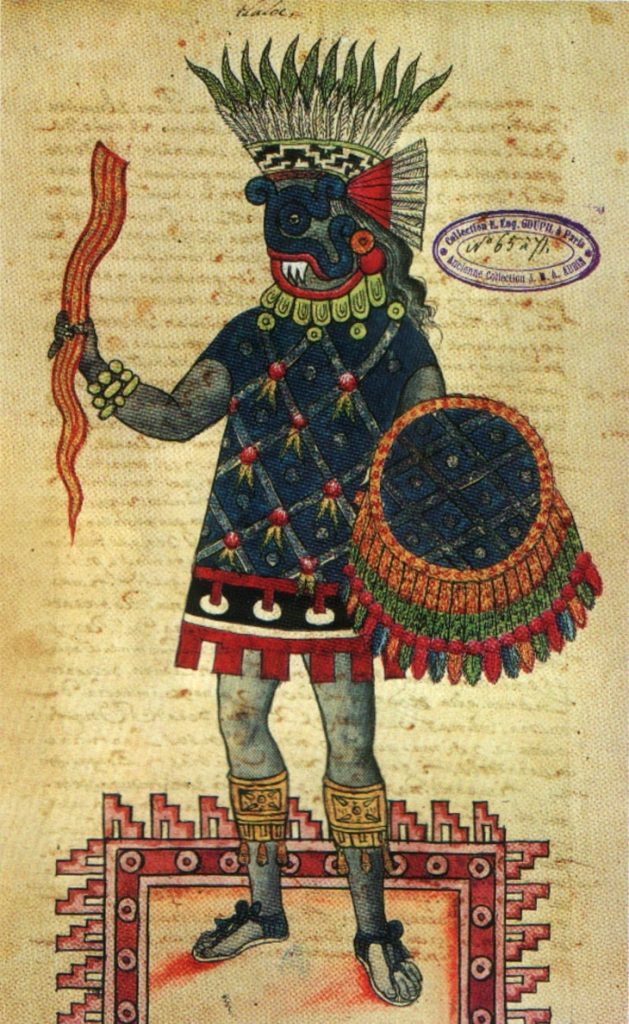
Tlaloc’s Temples and Sacred Sites
The Great Temple of Tenochtitlan
The Templo Mayor in Tenochtitlan housed one of the two main shrines dedicated to Tlaloc, standing as a monumental testament to his significance. This dual shrine, shared with Huitzilopochtli, god of war, symbolized the essential balance between rain and the sun.
Other Significant Sites of Worship
Throughout the Aztec Empire, numerous temples and sacred sites were dedicated to Tlaloc, each serving as a focal point for communal worship and ritual practices aimed at ensuring the deity’s favor.
Archaeological Findings and Their Interpretations
Archaeological excavations of these sites have unearthed a wealth of artifacts, offering insights into the complex rituals and the central role Tlaloc played in Aztec religious life.
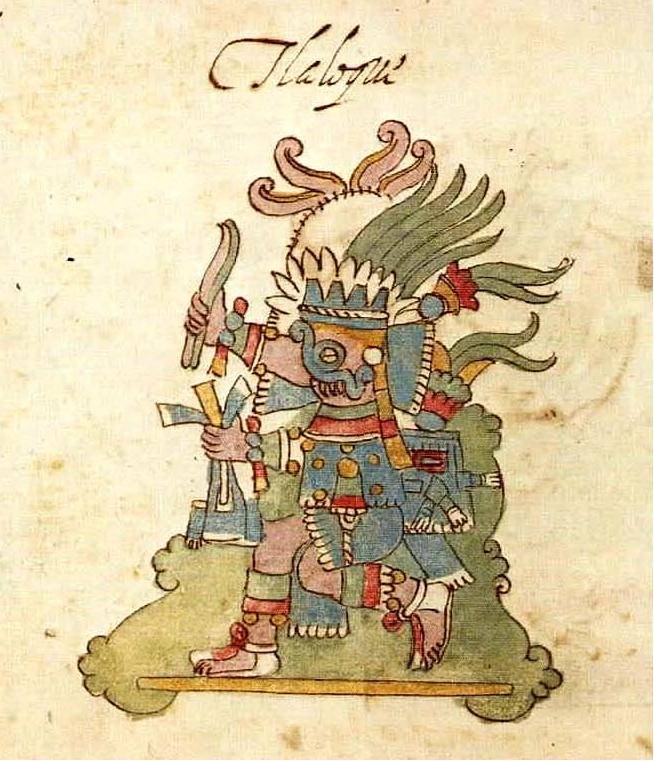
Influence Beyond the Aztecs
Tlaloc’s Presence in Other Mesoamerican Cultures
Tlaloc’s worship was not confined to the Aztecs; his veneration can be traced back to earlier Mesoamerican civilizations, including the Teotihuacan and the Toltecs, indicating a widespread and enduring reverence across cultures.
Comparative Analysis with Similar Deities in Other Cultures
Comparative studies reveal similarities between Tlaloc and other rain deities in Mesoamerican cultures, such as the Maya’s Chaac, suggesting a shared cultural emphasis on the vital role of rain and water in these societies.
Modern Interpretations and Cultural Legacy
Tlaloc in Modern Mexican Culture

Tlaloc continues to be a potent symbol in modern Mexican culture, embodying the enduring legacy of the Aztec civilization and its deep connection to the natural world.
Representation in Media and Popular Culture
In contemporary media and popular culture, Tlaloc is often depicted in literature, art, and film, serving as a bridge between the ancient world and modern interpretations of Aztec mythology.
The Legacy of Tlaloc in Contemporary Aztec Communities
For contemporary communities with Aztec heritage, Tlaloc remains a significant cultural and spiritual figure, reflecting the ongoing influence of Aztec traditions and beliefs in modern Mexico.

